Buildings in Temples
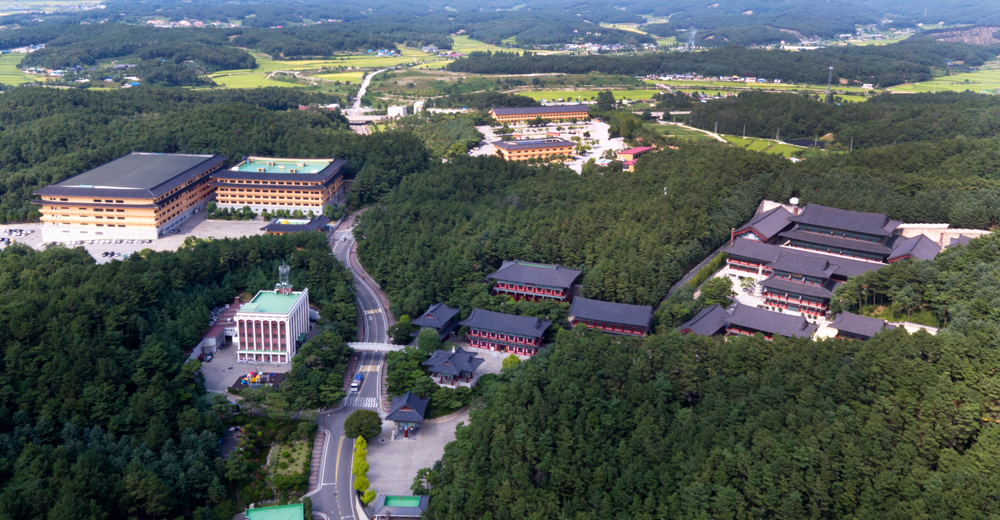
01
Bonjeon02
Bonggangjeon03
Daesoon-seongjeon04
Sihakwon05
Sibeopwon06
Jeongsimwon07
Jeonggagwon08
Cheonggyetap09
Jonggogak10
Sungdo Gate11
Jayangdang12
Jongmuwon13
Jonggak14
Ilgak Gate15
Pojeong Gate16
Explanotory Board17
New Life Building18
Illyeom Bridge19
Management B/D20
Assembly Hall21
New Assembly Hall22
Parking Lot A23
Parking Lot B24
Multi-purpose Field25
Naejeong01
Bonjeon
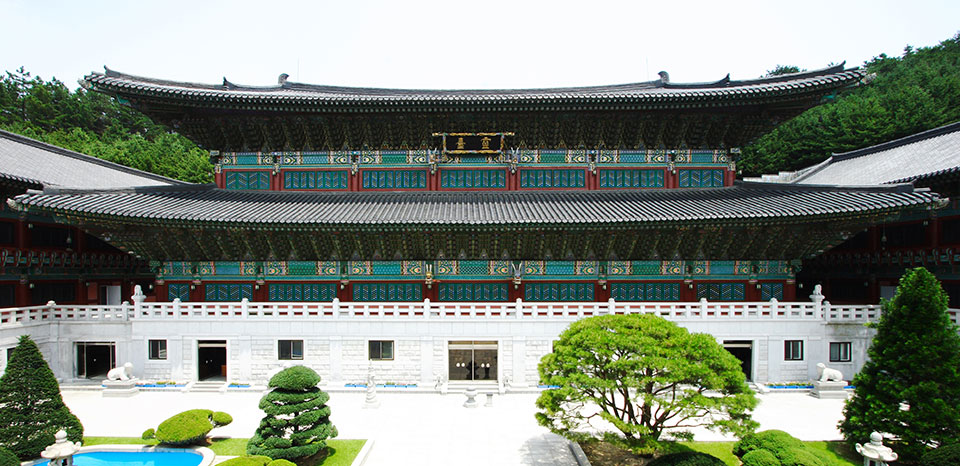
This is the most sacred building of all at each temple complex as it houses ‘Yeongdae’ on its fourth and highest floor wherein the Supreme God, Kang Jeungsan and the other great deities comprising the fifteen holy positions have all been enshrined. In the case of Yeoju Headquarters Temple Complex, Yeongdae was moved from Bonggangjeon building to Bonjeon in December of 1990.
This divine system is comprised of fifteen holy positions that consist of four categories.The first category is the Principal Position (Wonwi) which includes the Supreme God of the Ninth Heaven (Kang Jeungsan), the Great Jade Emperor (Holy Founder Jo Jeongsan), and Shakyamuni Buddha.
The second category is the Second Position (Jaewi) which includes the Ten Judge Kings of the Postmortem Precincts (ten spiritual kings who judge human souls in the afterlife), the Five Mountain Kings (the five spiritual kings in charge of the mountains in five directions of Earth), the Four Ocean Dragon Kings (the four spiritual dragon kings in charge of the four seas), and the Terrestrial Kings of the Four Seasons (the four spiritual kings in charge of the four seasons).
The third category is the Third Position (Samwi) which includes the Sage-emperor and Martial Commander Lord Gwan Wu (Chinese General Guān Yǔ, the heavenly Sage-emperor who protects against evil spirits and demons), the Great Emperors of the Seven Stars (the seven spiritual kings who bestow human lifespans and fortune), Paternal Ancestors, and Maternal Ancestors.
The fourth category is the Fourth Position (Sawi) which includes Messengers of the Seven Stars (the messengers who aid the Great Emperors of the Seven Stars), Right-flanking Messengers (the messengers who aid Messengers of the Seven Stars), Left-flanking Messengers (the messengers who aid Messengers of the Seven Stars), and Messengers of the Postmortem Precincts (the psychopomps who guide newly arrived souls in the afterlife).
Bonjeon is the Main Sanctuary Building which is a four-story building, however, from the outside, it appears to be three stories tall. The fourth floor is Yeongdae, and the second and third floors also enshrine sacred iconographic paintings of Sangje. All of the various rituals and events such as Chiseong (Devotional Offering Ceremony), Gangsik (Ritual of Drawing in Heavenly Energy), and other key activities are conducted at this location.
The front garden of Bonjeon is called ‘Bonjeong,’ where we should show our utmost sincerity and respect to Sangje.
This divine system is comprised of fifteen holy positions that consist of four categories.The first category is the Principal Position (Wonwi) which includes the Supreme God of the Ninth Heaven (Kang Jeungsan), the Great Jade Emperor (Holy Founder Jo Jeongsan), and Shakyamuni Buddha.
The second category is the Second Position (Jaewi) which includes the Ten Judge Kings of the Postmortem Precincts (ten spiritual kings who judge human souls in the afterlife), the Five Mountain Kings (the five spiritual kings in charge of the mountains in five directions of Earth), the Four Ocean Dragon Kings (the four spiritual dragon kings in charge of the four seas), and the Terrestrial Kings of the Four Seasons (the four spiritual kings in charge of the four seasons).
The third category is the Third Position (Samwi) which includes the Sage-emperor and Martial Commander Lord Gwan Wu (Chinese General Guān Yǔ, the heavenly Sage-emperor who protects against evil spirits and demons), the Great Emperors of the Seven Stars (the seven spiritual kings who bestow human lifespans and fortune), Paternal Ancestors, and Maternal Ancestors.
The fourth category is the Fourth Position (Sawi) which includes Messengers of the Seven Stars (the messengers who aid the Great Emperors of the Seven Stars), Right-flanking Messengers (the messengers who aid Messengers of the Seven Stars), Left-flanking Messengers (the messengers who aid Messengers of the Seven Stars), and Messengers of the Postmortem Precincts (the psychopomps who guide newly arrived souls in the afterlife).
Bonjeon is the Main Sanctuary Building which is a four-story building, however, from the outside, it appears to be three stories tall. The fourth floor is Yeongdae, and the second and third floors also enshrine sacred iconographic paintings of Sangje. All of the various rituals and events such as Chiseong (Devotional Offering Ceremony), Gangsik (Ritual of Drawing in Heavenly Energy), and other key activities are conducted at this location.
The front garden of Bonjeon is called ‘Bonjeong,’ where we should show our utmost sincerity and respect to Sangje.
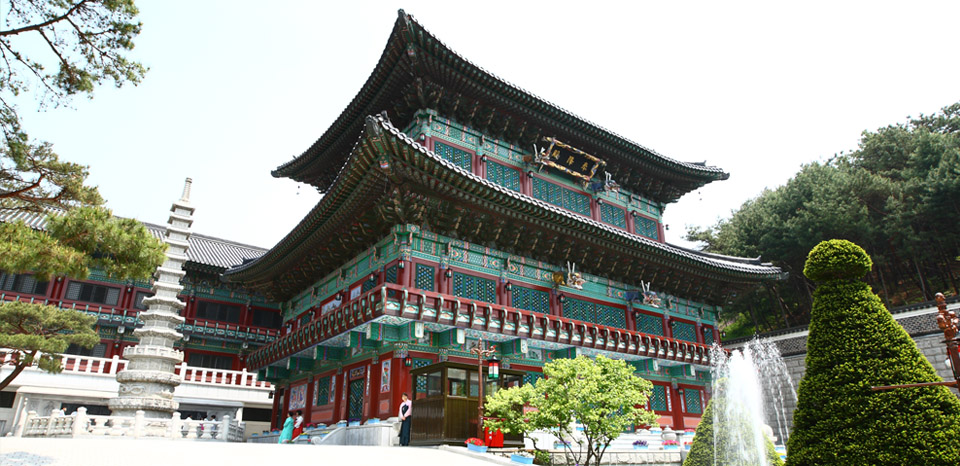
This hall enshrines portraits of the Principal Positions of Supreme God of the Ninth Heaven, the Jade Emperor, and Shakyamuni Buddha. To both sides, the Fifteen Great Deities, the Forty-Eight General Deities, the Twenty-Eight Constellation Deities, and the Twenty-Four Seasonal Division Deities are enshrined as mural paintings. This building was used as the original Bonjeon Hall (Main Sanctuary Building) back in 1986 when Yeoju Headquarters Temple Complex was first built. Following an increase in the number of Dao cohorts, the temple complex expanded by creating the presently used Bonjeon Hall in 1990, and the previous Main Sanctuary Building had its name changed to “Bonggangjeon Hall, meaning “the Hall of Drawing in Heavenly Energy.”
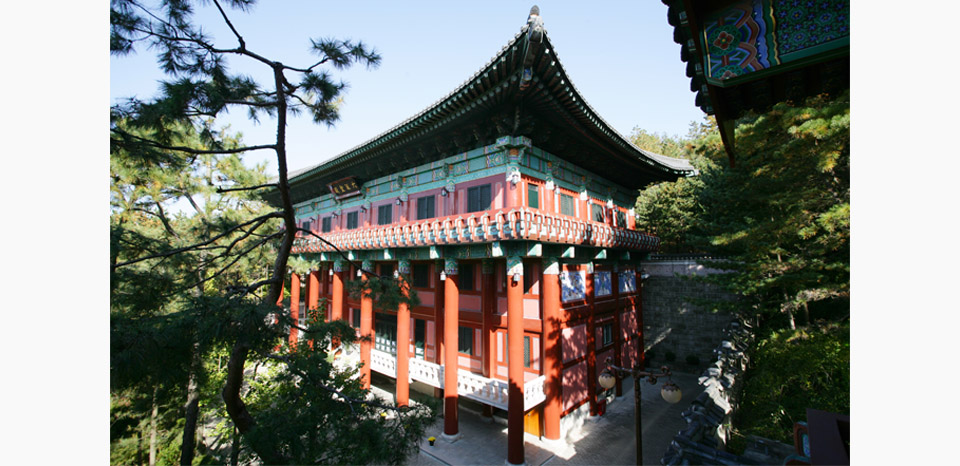
This location enshrines the Supreme God of the Ninth Heaven (Sangje, Kang Jeungsan), Holy Founder (Doju, Jo Jeongsan), and Shakyamuni Buddha in the Principal Positions and on the left and right sides of this shrine are a series of sacred paintings detailing essential hagiographical events from the lives of the Supreme God of the Ninth Heaven and of the Holy Founder. The major achievements of Holy Leader, (Dojeon, Park Wudang) who established Daesoon Jinrihoe, have likewise been enshrined in the same way.
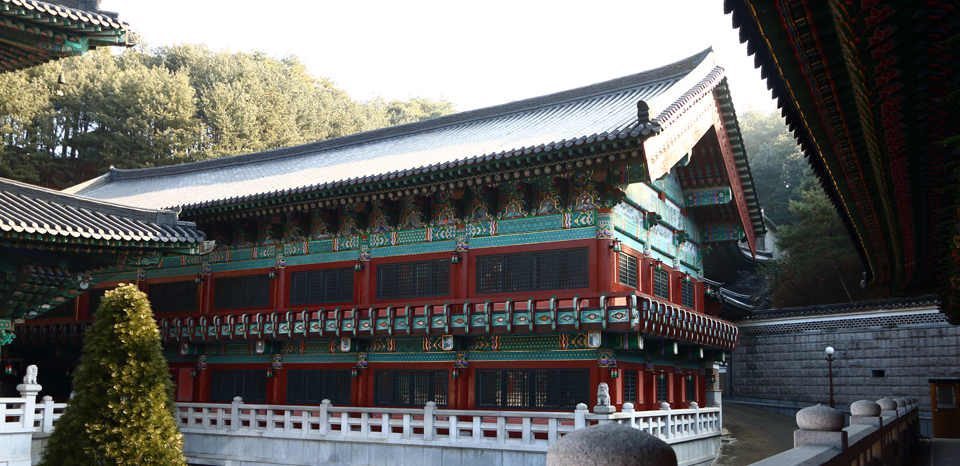
When looking at Yeongdae from the outside, Sihagwon will be the building to your right, and this is where Shihak Gongbu is conducted. The first and second floor of Shihakwon Building are used as lodging for male executive members, and the third floor is where Shihak Gongbu is performed.
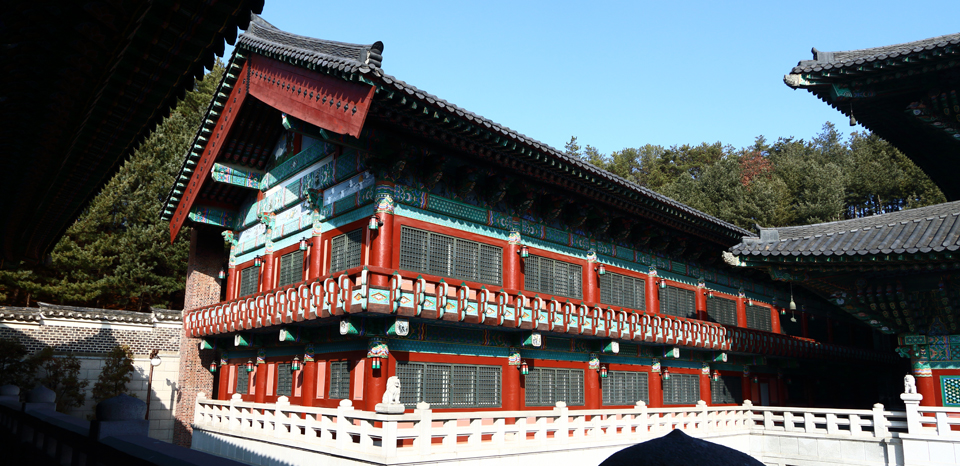
When looking at Yeongdae from the outside, this will be the building to your left, and this is where Shibeop Gongbu is conducted. The first and second floor of Shibeopwon Building are used as lodging for male executive members, and the third floor is where Sibeop Gongbu is performed.
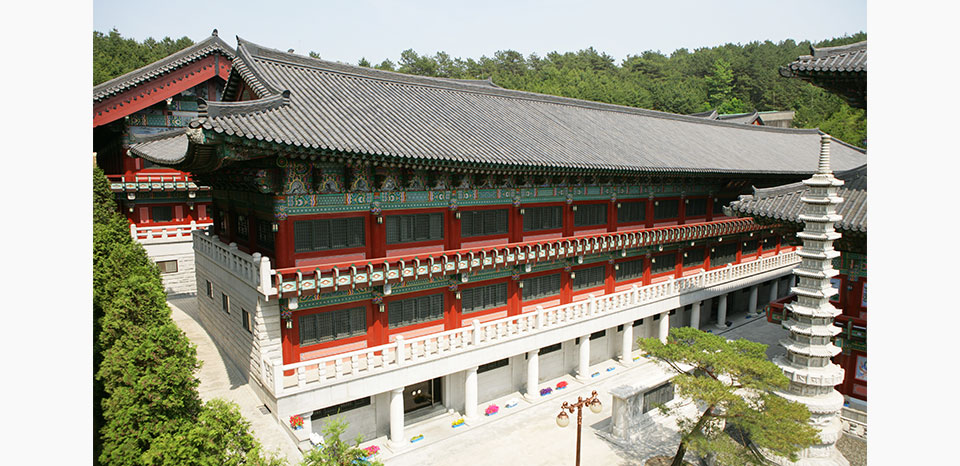
This building is in the area opposite Yeongdae, and on its third floor, there are Gongbu (Holy Works) rooms and waiting rooms where both men and women participating in Shihak Gongbu wait for their rotation to perform Gongbu. That is also where Gongbu participants receive instructions and terms of observance before they begin Shihak Gongbu. The first and second floors of Jeongsimwon are used for lodging by female executive members.
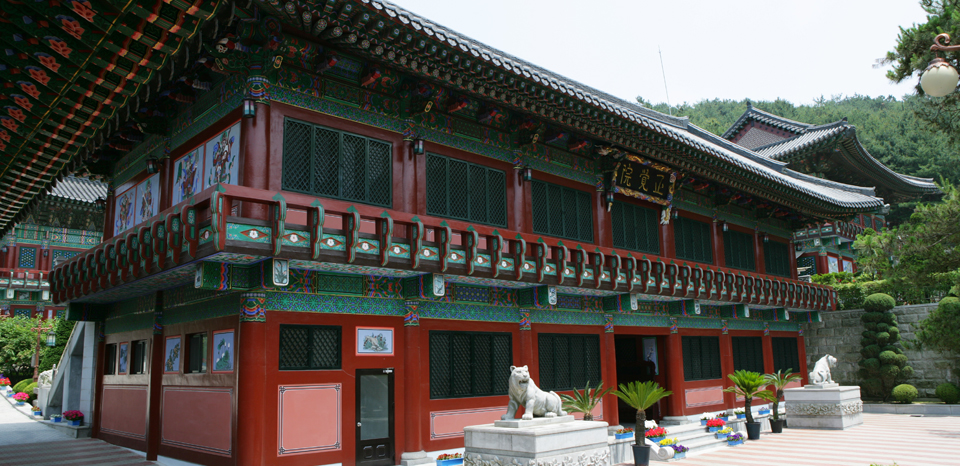
This building is used as an assembly location with the first floor housing the Dao Governance Office and the second floor containing the rehearsal space for Gangsik which is held by the teams who have finished Shihak Gongbu.
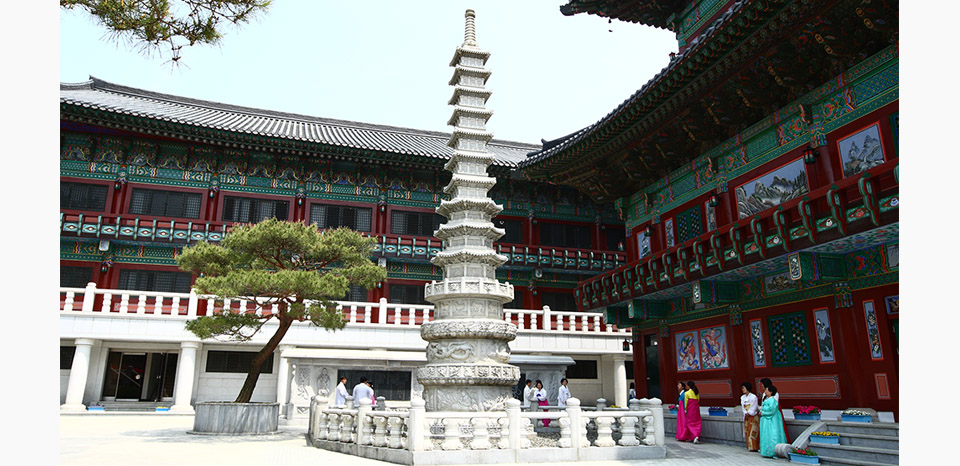
Cheonggyetap is a 13-segment stone pagoda that represents the cosmology of Daesoon Jinrihoe. ‘Cheong’ means ‘blue’ and symbolizes the Dao of the universe and nature, whereas ‘gye’ means ‘rooster’ and is an allusion to the Later World because the call of the rooster rings out upon the start of a new dawn and the rooster also corresponds to Autumn in The Book of Changes. The first layer of the footstone features the Ox Seeking Pictures which are a metaphorical analogy for the process of spiritual cultivation. The second layer displays the Four Deities Picture which correspond to the four seasons and the basic four directions, and the third layer has the Twelve Deities of the Chinese Zodiac Picture which corresponds to the twelve months and the comprehensive twelve directions. The lower body of the pagoda consists of three octagonal layers depicting the comprehensive twenty-four seasonal divisions. The upper body consists of seven quadrangular layers engraved with twenty-eight images that represent the twenty-eight constellations. The surfaces of each side have been engraved with the deity that corresponds to the seasonal division or constellation being depicted. The top consists of nine cloud-shaped layers carrying the meaning of the Ninth Heaven, the location wherein Sangje exercises authority over the entire universe. Cheonggyetap Pagoda was erected in April of 1988 to commemorate the anniversary of Yeoju Headquarters Temple Complex which opened in October of 1986.
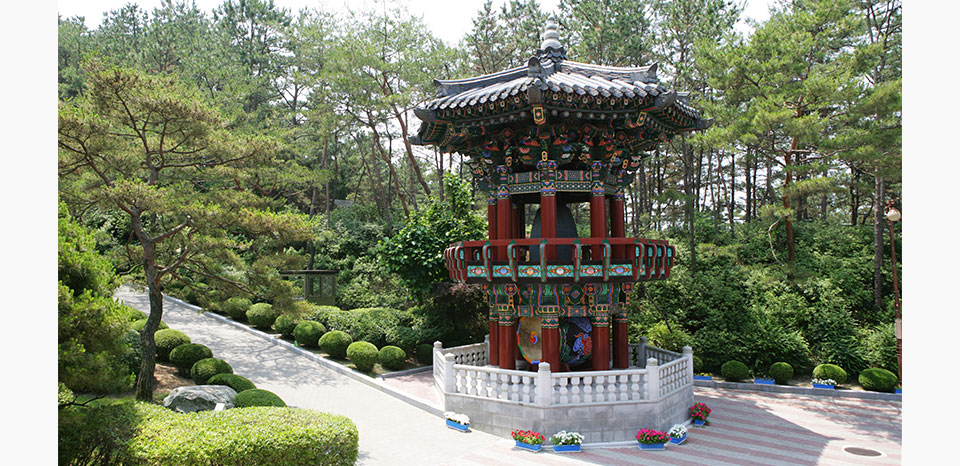
Jonggogak Pavillion is a two-floor octogonal tower wherein the upper floor houses a bell and the lower floor houses a drum. The bell plays the role of being struck hourly, five minutes prior to each hour, in order to alert those waiting for their rotation in Gongbu. The drum is used during ceremonies such as Devotional Offerings and the Bong Gangsik ceremony that is part of Sihak Gongbu.

This is a gate that Dao cohorts enter while revering the Truth (Dao) of the Supreme God in their minds. Sungdomun has wall murals that depict the divine generals in charge of the four directions and a series of murals with titles such as ‘Immortal Maidens Weaving,’ ‘The Noble Populace Clad in Brocade,’ ‘The Five Immortals Playing Baduk,’ and ‘Longevity and Freedom from Illness.’ The area inside of Sungdomun is called the ‘Jeungnae (Interior Court).’
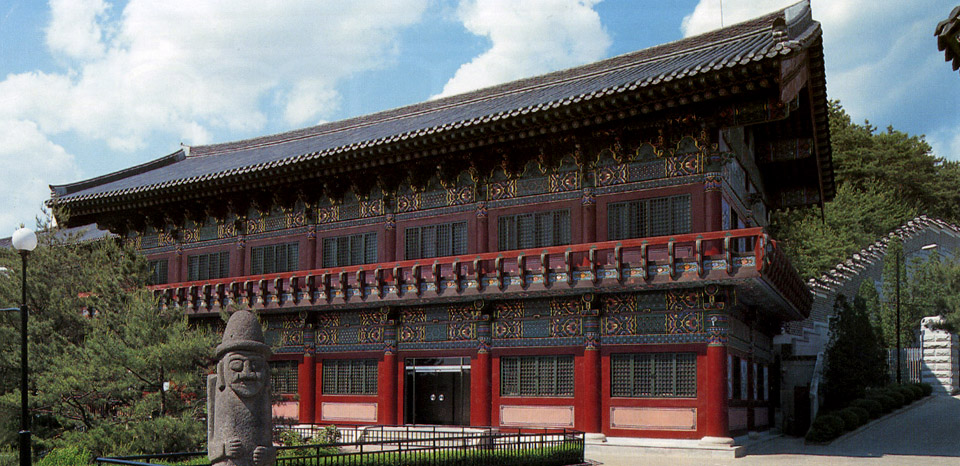
This is a gate that Dao cohorts enter while revering the Truth (Dao) of the Supreme God in their minds. Sungdomun has wall murals that depict the divine generals in charge of the four directions and a series of murals with titles such as ‘Immortal Maidens Weaving,’ ‘The Noble Populace Clad in Brocade,’ ‘The Five Immortals Playing Baduk,’ and ‘Longevity and Freedom from Illness.’ The area inside of Sungdomun is called the ‘Jeungnae (Interior Court).’
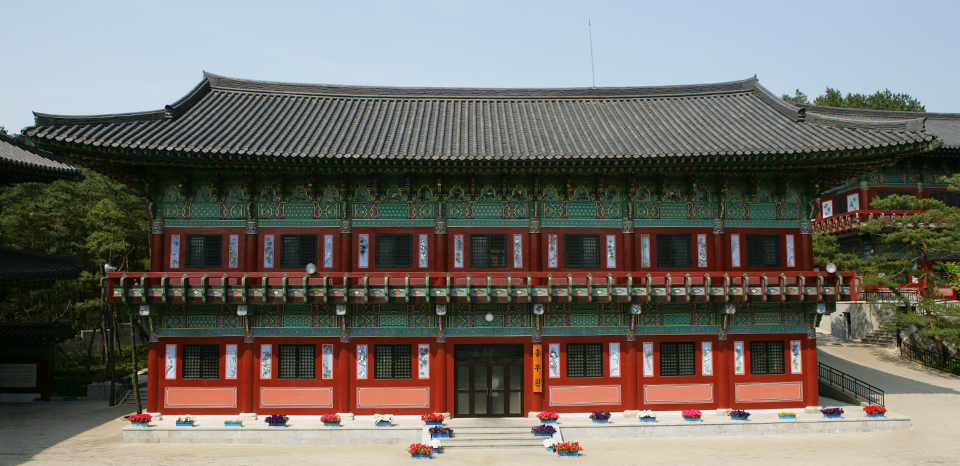
This is a building used to execute the various affairs of our religious body. Jongmuwon (The Institute of Religious Services) has four departments: Planning, General Affairs, Religious Research & Edification, and Cultivation Affairs.
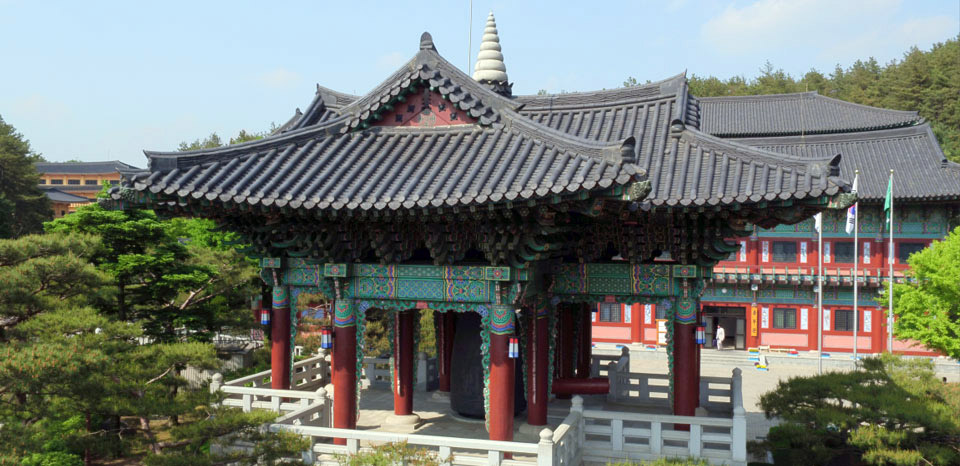
This bell contains the hope of Dao cohorts that the transformative virtue and Daesoon Truth of Sangje was made to resonate all throughout the universe bringing humanity happiness and peace. The Daewonjong Bell housed at Yeoju Headquarters Temple Complex has a weight of 27 tons, diameter of 2.3 meters, and a length of 4 meters and had its Inaugural Striking of the Bell Ceremony performed on June 24 1993 (lunar calendar). The Bell Pavilion wherein the bell was installed is shaped like the Chinese character “jing (井, well).” Atop the roof is a nine-leveled, cloud-shaped finial representing the nine heavens. It is struck four times a day on weekdays and eight times on the final day of the traditional East Asian five day long ‘week.’
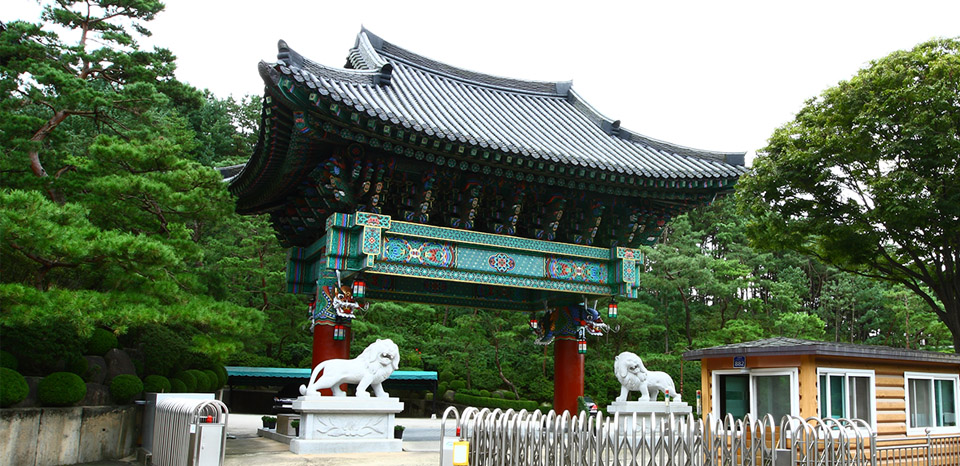
Ilgak Gate is the first gate that one passes through after entering a temple complex, and it thereby acts as a boundary between the secular world and sacred ground. Ilgak Gate signifies the ideal of achieving correct and complete enlightenment in one’s cultivation process.
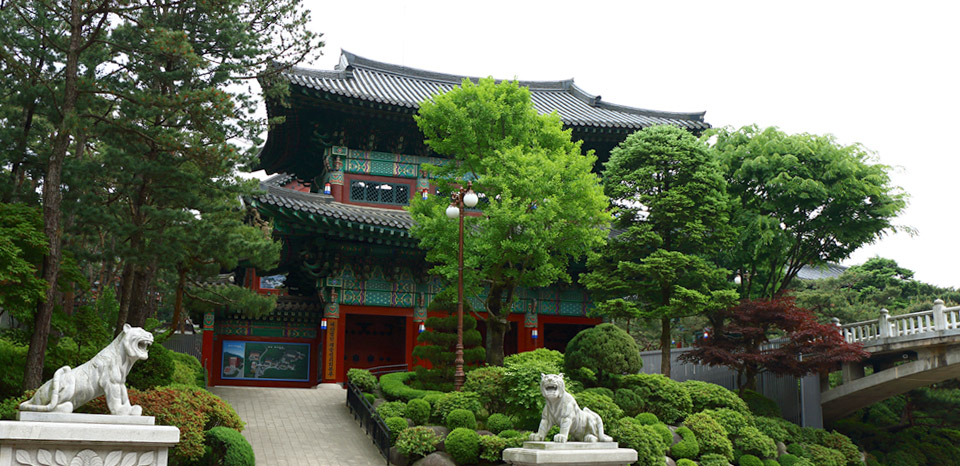
This is the main gate of the temple complex and has divine generals painted on its outer walls. Its inner walls are painted with two murals: ‘Opening One’s Gates to Receive Guests- the More the Merrier’ and ‘Sweeping the Ground and Revealing Gold.’ Pojeongmun Gate represents spreading the truth of Sange to all corners of the world.
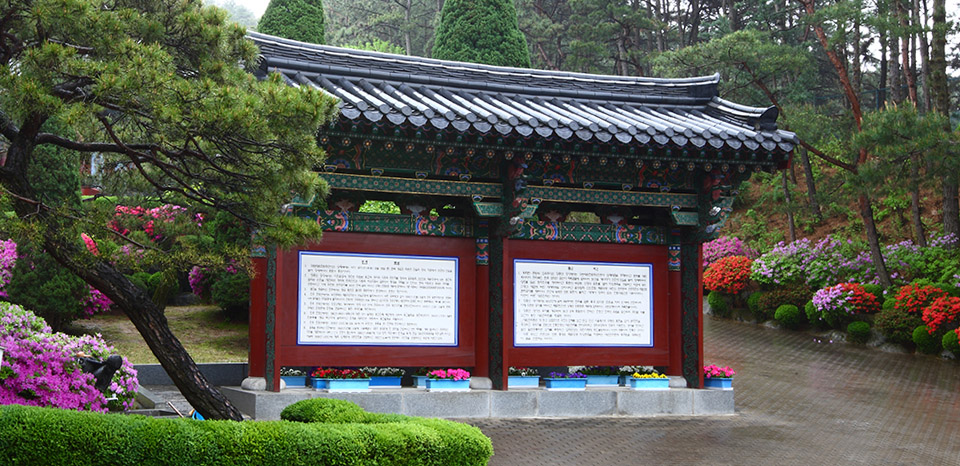
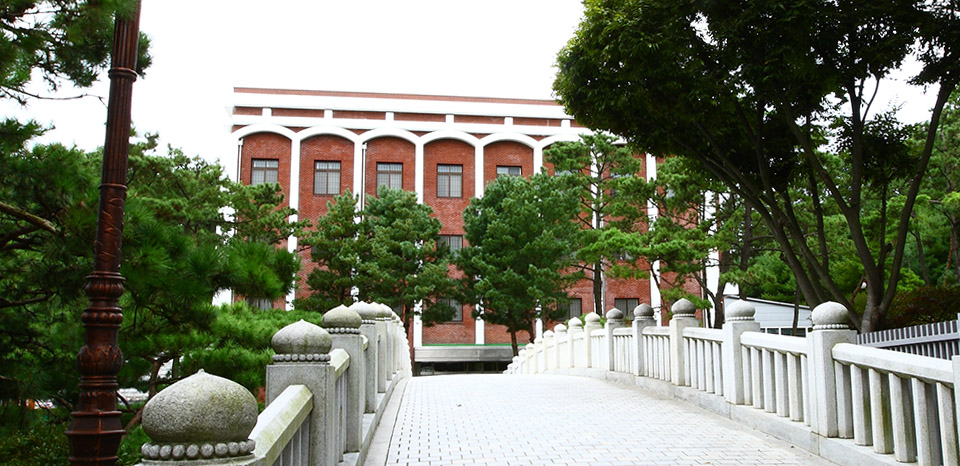

'Illyeom Bridge' is a bridge that conveys the meaning that we should keep practicing Sangje's truth with unchanging minds. This bridge connects the garden of the Institute of Religious Services to New Living Hall.
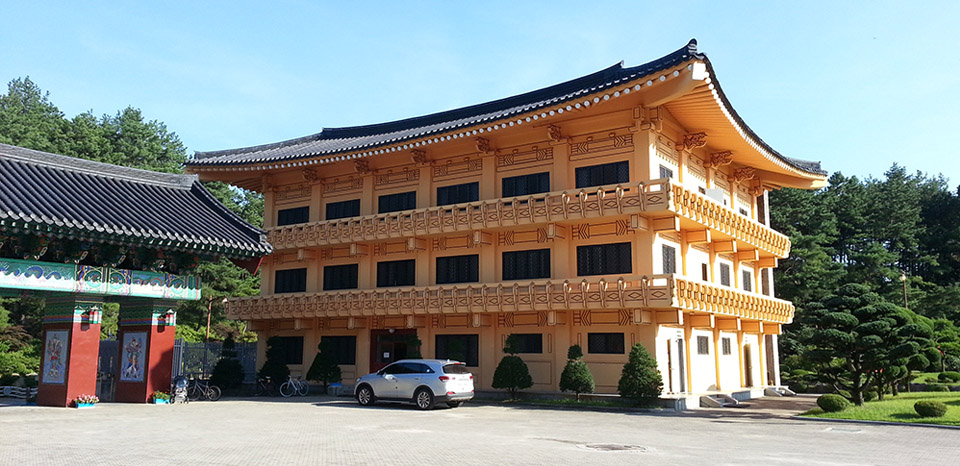
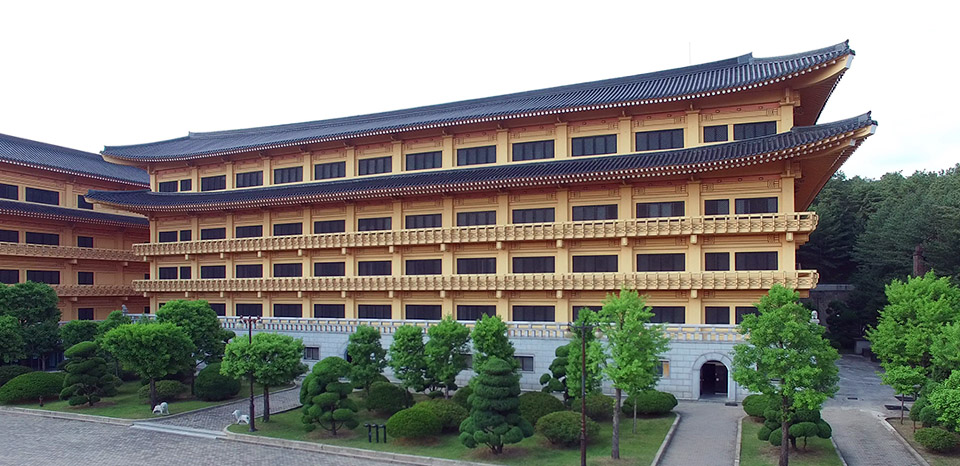
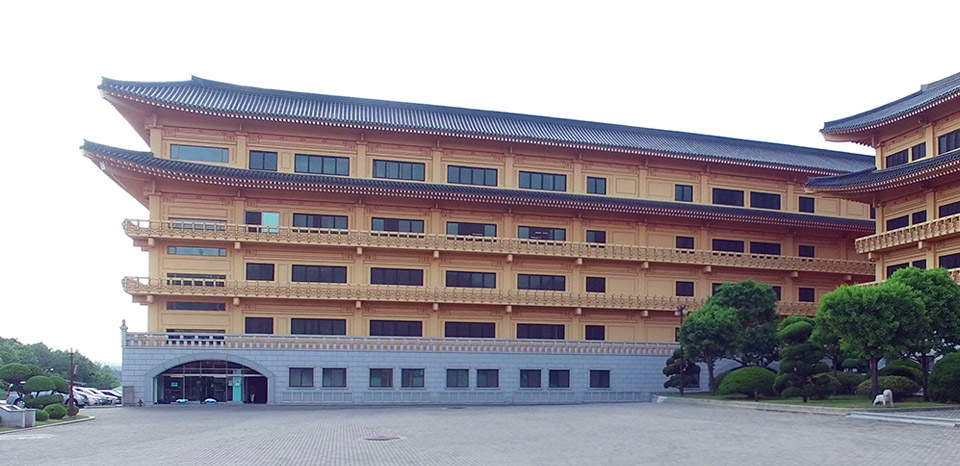
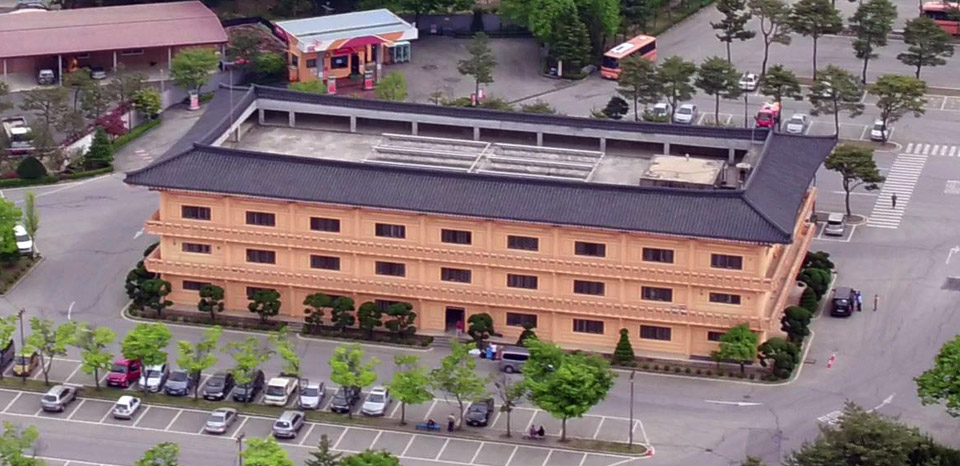

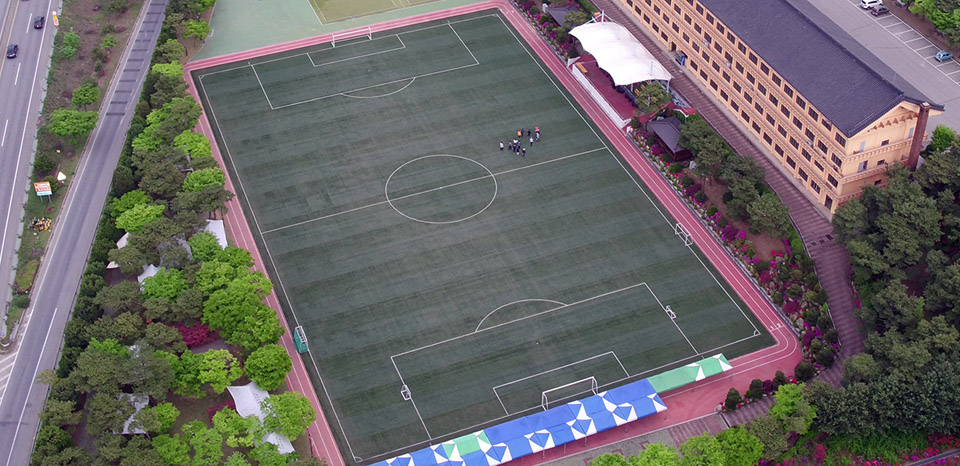
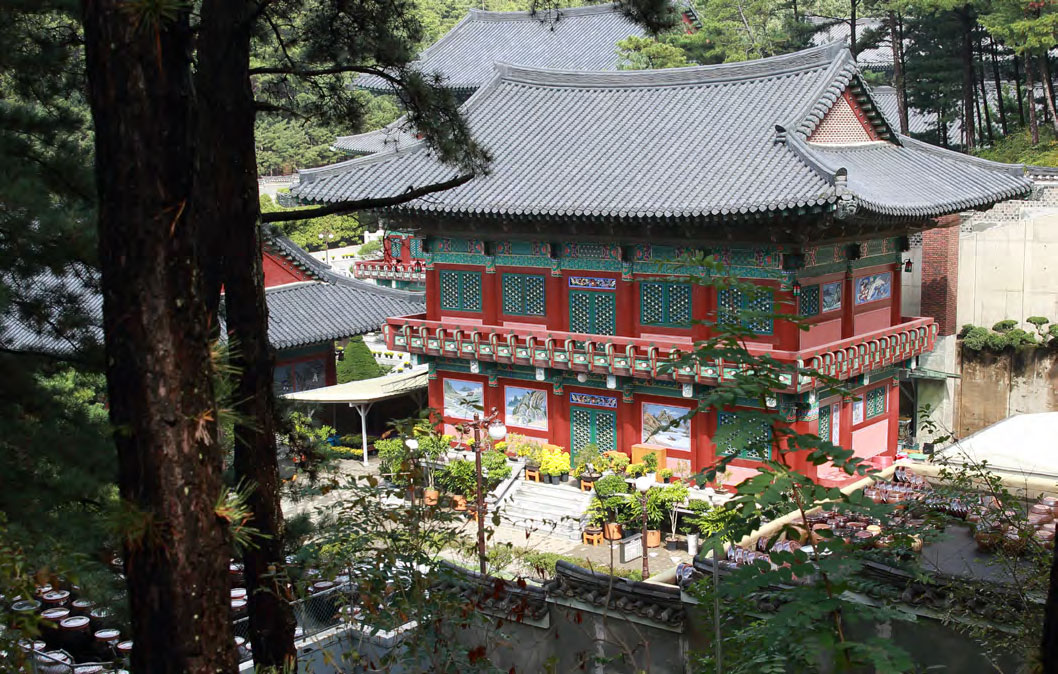
The Holy Leader, Park Wudang, resided here while he oversaw various duties related to Dao governance. Each temple complex features a Naejeong.
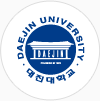 DAEJIN UNIVERSITY
DAEJIN UNIVERSITY BUNDANG JESAENG HOSPITAL
BUNDANG JESAENG HOSPITAL DAESOONJINRIHOE WELFARE FOUNDATION
DAESOONJINRIHOE WELFARE FOUNDATION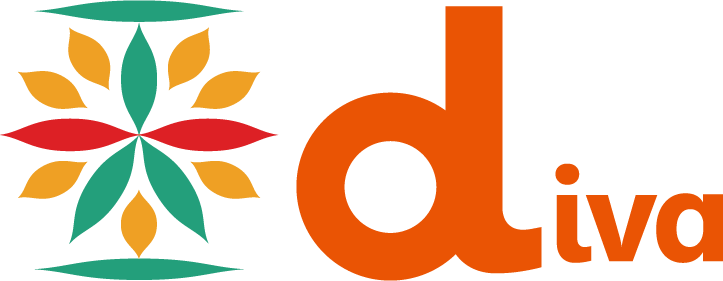 DAEJIN INTERNATIONAL VOLUNTEERS ASSOCIATION
DAEJIN INTERNATIONAL VOLUNTEERS ASSOCIATION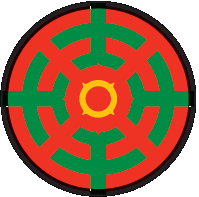 Daesoon Institute of Religion and Culture
Daesoon Institute of Religion and Culture DAEJIN HIGH SCHOOL
DAEJIN HIGH SCHOOL DAEJIN GIRL'S HIGH SCHOOL
DAEJIN GIRL'S HIGH SCHOOL DAEJIN DESIGN HIGH SCHOOL
DAEJIN DESIGN HIGH SCHOOL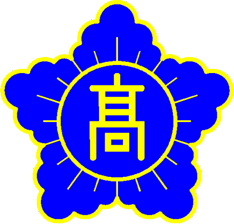 BUSAN DAEJIN HIGH SCHOOL
BUSAN DAEJIN HIGH SCHOOL ILSAN DAEJIN HIGH SCHOOL
ILSAN DAEJIN HIGH SCHOOL BUNDANG DAEJIN HIGH SCHOOL
BUNDANG DAEJIN HIGH SCHOOL THE DAESOON YOUTUBE
THE DAESOON YOUTUBE